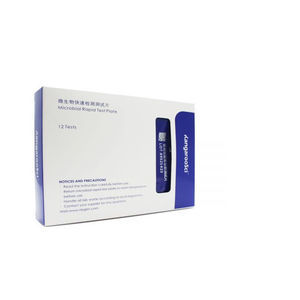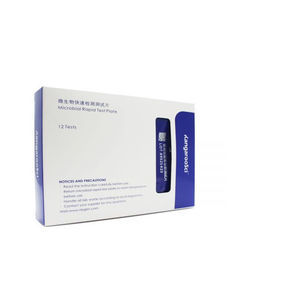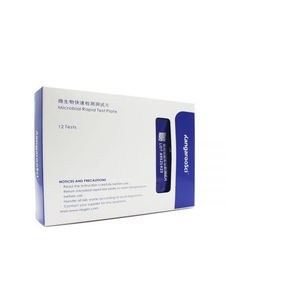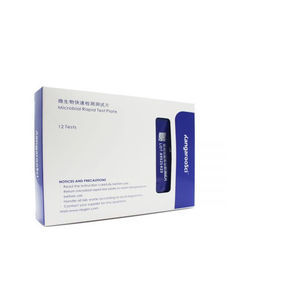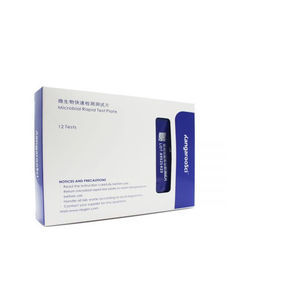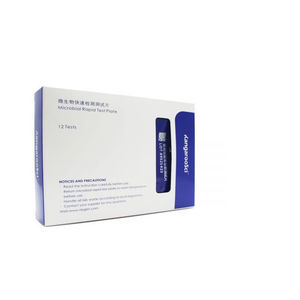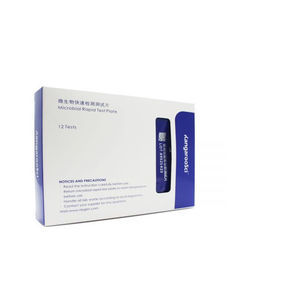
- Laboratory
- Laboratory medicine
- Medium reagent
- Ring Biotechnology Co Ltd.
Medium reagent Ringbio ® KangarooSci ®for microbiologyfor food safetydehydrated
Add to favorites
Compare this product
Characteristics
- Type
- reagent medium
- Applications
- for microbiology, for food safety
- Format
- dehydrated
- Micro-organism
- for Bacillus cereus, bacteria
- Storage temperature
Max.: 8 °C
(46 °F)Min.: 2 °C
(36 °F)
Description
Microorganisms are of great significance to foods for several reasons. The most significant one is that they can cause spoilage of foods and can also be applied to manufacture a wide variety of food products, as well as cause microbial diseases transmitted by foods.
According to world food safety market research and statistics, 95% of the issues in food safety is caused by microbiology.
Detection, identification and enumeration of these foodborne microorganisms are of great importance. From general food hygiene to pathogens enumeration, it is necessary and urgent to make sure that the foods are safe for human consumption.
Foods can be considered as a medium for microbial growth. Considering the vast array of sources, substances, and methods with which food is produced, practically every kind of microbe is a potential contaminant.
Foods can be considered as a medium for microbial growth. Considering the vast array of sources, substances, and methods with which food is produced, practically every kind of microbe is a potential contaminant.
Conventional detection of pathogenic bacteria is mainly based on cultivation procedures, which use enrichment broths followed by the isolation of colonies on selective media, biochemical identification and confirmation of pathogenicity. This culture method is selective for the search of one type of pathogen at a time. Currently, both ISO and AOAC official methods are based on these principles.
Here at Ringbio, we have successfully developed many new microbiology count plate - based on selective medium to enumerate the food microorganisms in various samples.
Catalogs
No catalogs are available for this product.
See all of Ring Biotechnology Co Ltd.‘s catalogsOther Ring Biotechnology Co Ltd. products
Microbiology Test
Related Searches
- Assay kit
- Blood assay kit
- Serum assay kit
- Immunoassay assay kit
- Plasma assay kit
- Infectious disease detection kit
- Blood rapid diagnostic test
- Rapid lateral flow test
- Immunoassay rapid diagnostic test
- Cassette rapid diagnostic test
- Virus rapid diagnostic test
- Serum rapid diagnostic test
- Plasma rapid diagnostic test
- Reagent medium reagent kit
- Infectious disease rapid diagnostic test
- Rapid respiratory infection test
- ELISA assay kit
- Bacteria reagent kit
- IgG test kit
- Bacteria rapid diagnostic test
*Prices are pre-tax. They exclude delivery charges and customs duties and do not include additional charges for installation or activation options. Prices are indicative only and may vary by country, with changes to the cost of raw materials and exchange rates.




